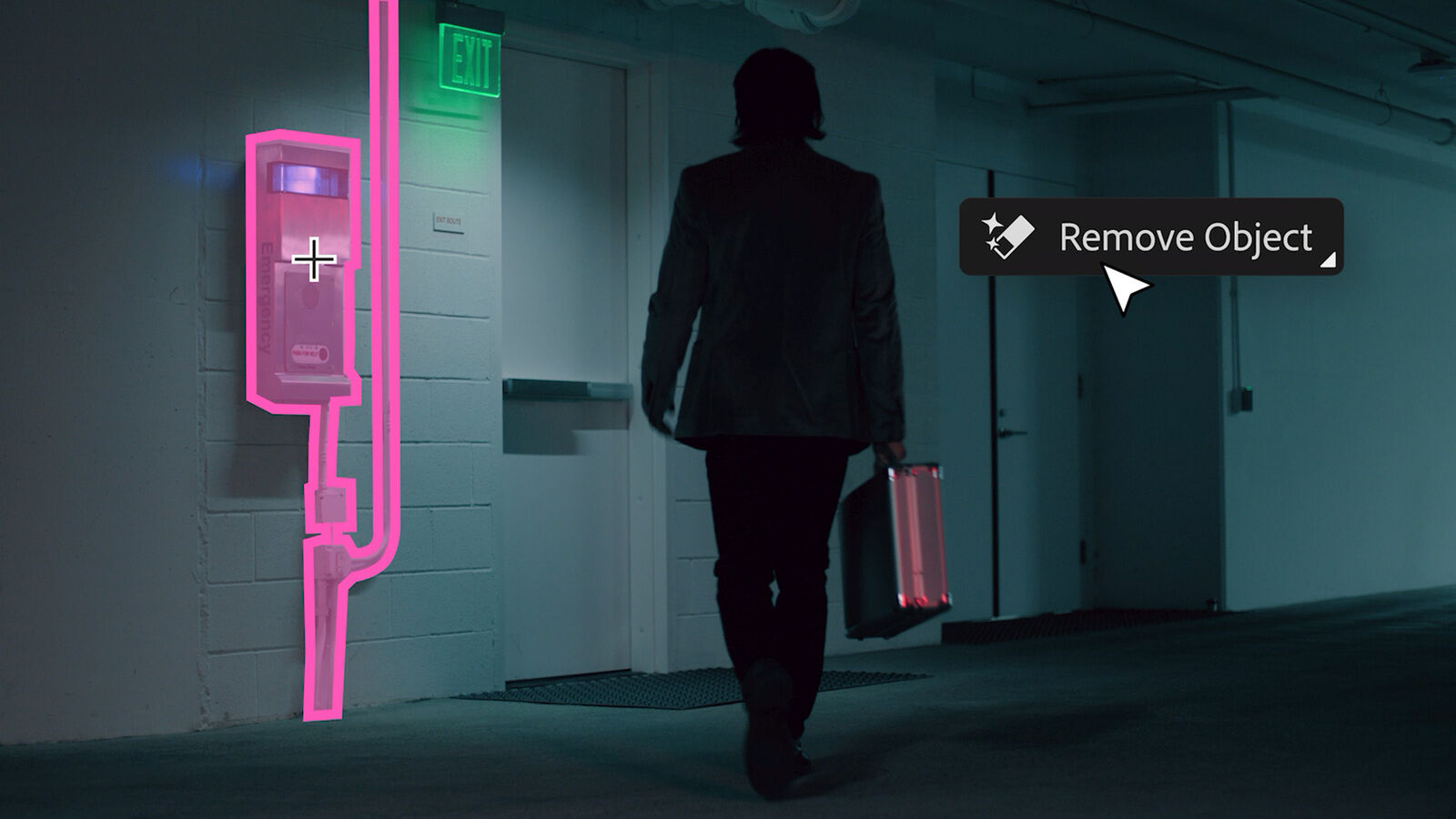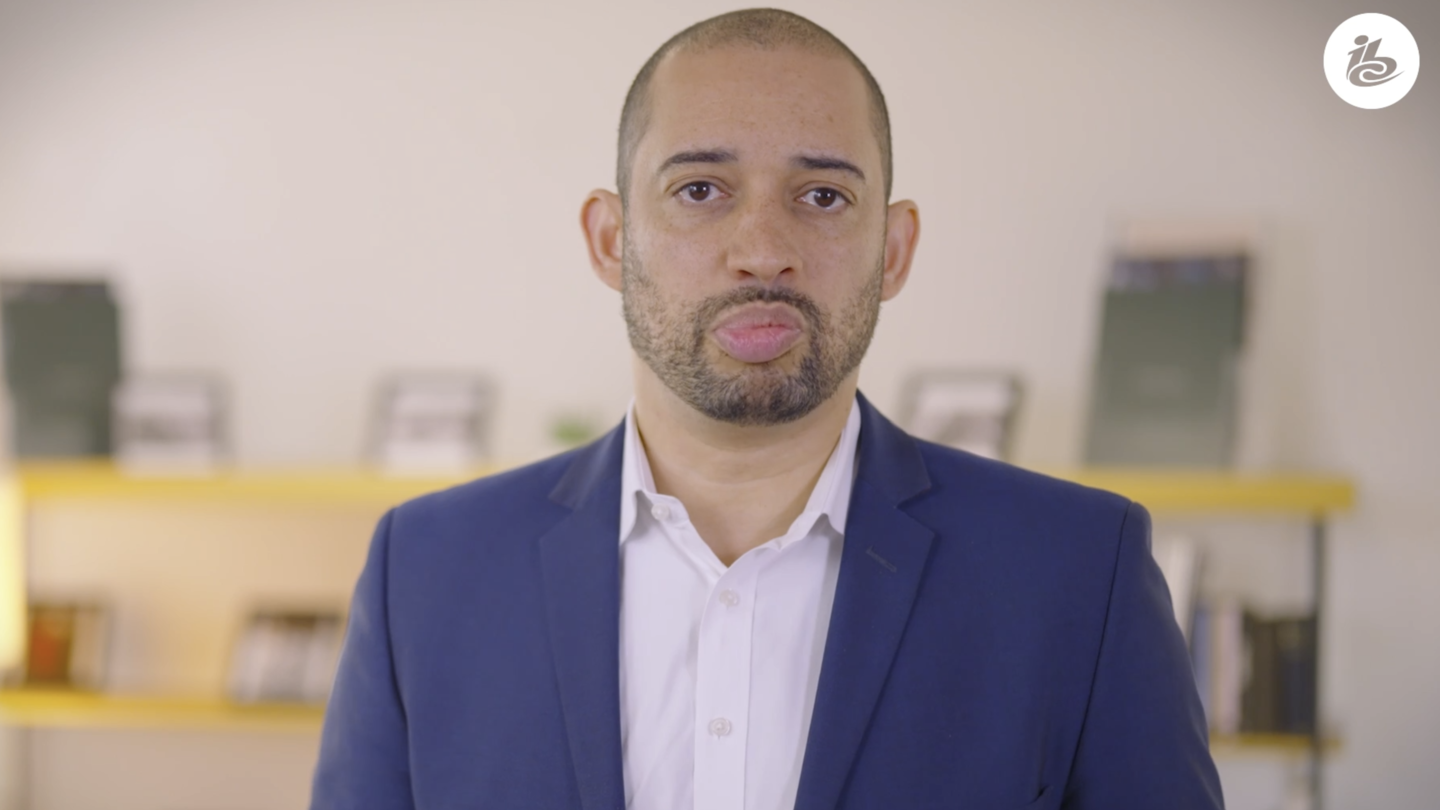Last week, Deepa Subramaniam, Adobe’s Vice President of Product Marketing for Creative Cloud, was excited to reveal Adobe’s Firefly generative AI model at Adobe MAX London. Michael Burns questions her about the fears and hopes this new influence will have on post production.
“Firefly debuted last March. It’s barely over a year old, yet it’s been incredible to see the reception to the foundational models – we have an image model, we have a vector model, we have a design model, and we’re working on a video model, which we’ll bring to market this year,” Subramaniam told IBC365 on the eve of the MAX event in Battersea. Subramaniam heads up a team driving Adobe’s digital imaging, photography, video, and design strategies forward: “The excitement and enthusiasm and adoption from the community [towards Firefly] have been awesome, and all of that development has happened through open public betas.”
The Firefly model integrates AI image generation into Adobe’s creative applications, shown at MAX running in Adobe Photoshop, Lightroom, Illustrator, InDesign, and Adobe Express. But what will be of most interest to IBC365 readers is a sneak preview of a new video model that promises AI-powered post production capabilities in Premiere Pro...
You are not signed in
Only registered users can read the rest of this article.

Poacher turned gamekeeper: Netflix rules, for now
Netflix raids Hollywood to land a giant of old media, but having offered billions over the odds for ageing IP, would a smarter play have involved the creator economy?

Truth in the age of deepfakes: Building trust in the human-machine era
As deepfakes become prevalent throughout the media industry, experts at the BBC, Guardian, and ITN wrestle with the implications of today’s unprecedented levels of disinformation and distrust.

Rory Peck Awards: Truth has never needed its defenders more
This year’s Rory Peck Awards was an affirmation that press freedom is in severe danger, that it has become a vicious fight to sustain that facts matter. George Jarrett reports.

Camerimage: “The time to be afraid of AI was two years ago”
The festival of cinematography remains political with the rise of AI and gender equality bubbling beneath the surface.
.jpg)
Content Everywhere: Disruptive forces in 2025, from AI to ROI and SGAI
Looking back over 2025 to date, it’s clear that AI continues to widen its role in the Content Everywhere ecosystem, and many companies are becoming more discerning about how and where the technology should be applied to streaming and video technology. Clearly, there is still much more to come, and much more to learn, but what have recent developments taught the industry to date?



